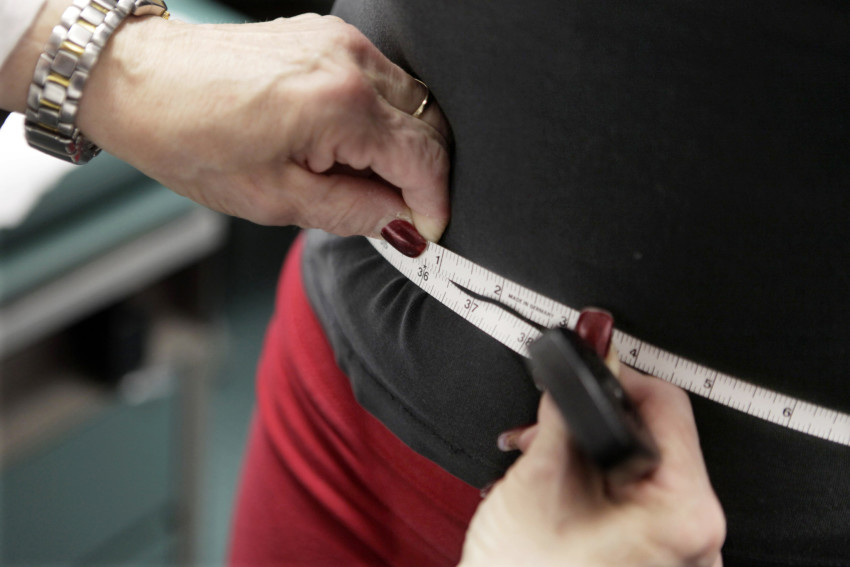Severe obesity on the rise speedly in 2024
An approximate poll of 6,000 persons conducted in 2021–2023 revealed that 40% of Americans are obese. The U.S. Centres for Disease Control and Prevention discovered that nearly one in ten respondents said they were severely obese. Reports of extreme obesity were made by women almost twice as often as by males.
Although there seems to be a little decrease in the overall obesity rate compared to the 2017-2020 survey, the difference was not deemed statistically significant since the numbers are so small that there is a mathematical chance they did not actually reduce.
Therefore, according to Dr. Samuel Emmerich, the CDC public health specialist, it’s too soon to tell whether novel therapies for obesity, including popular weight-loss medicat ions like Wegovy and Zepbound, may lessen the prevalence of the chronic illness associated to a number of health issues.
“It is simply not possible to examine prescription medication use at such a fine level and draw comparisons with changes in the prevalence of obesity,” stated Emmerich. “Hopefully, we will be able to witness that in the near future.”
The most revealing findings, however, indicate that although the prevalence of severe obesity increased from around 8% in the 2013–2014 survey to almost 10% in the most recent one, the general obesity rate in the United States has not moved considerably in ten years. Prior to then, official studies revealed that obesity rates had risen sharply in the United States during the 1990s.
Based on height and weight, body mass index is used to calculate measures of obesity and severe obesity. Obesity is defined as a BMI of 30 or above; those with a BMI of 40 or higher have severe obesity. BMI is regarded as a flawed tool but remains widely used by doctors to screen for obesity.
Cunningham, who was not involved in the new study, said it’s not clear why rates of severe obesity are going up, or why they were higher among women. Factors could include the effects of hormones, the impact of childbearing or other causes that require further study, she said.
The new study also found that obesity rates varied by education. Almost 32% of people with a bachelor’s degree or higher reported having obesity, compared with about 45% of those with some college or a high school diploma or less.
The new report follows the release earlier this month of data from U.S. states and territories that showed that in 2023, the rate of obesity ranged widely by place, from a high of more than 41% of adults in West Virginia to a low of less than 24% of adults in Washington, D.C. Rates were highest in the Midwest and the South.
Obesity rates exceeded 20% in every state and territory in the United States. The findings indicated that over one-third of persons in 23 states were obese. Dr. Alyson Goodman, the head of a CDC division that focusses on population health, stated that prior to 2013, no state had a rate that high.
The colours green and yellow, which are connected to lower obesity rates, have steadily changed to orange and dark red, which are linked to increased prevalence, on colour-coded U.S. maps that show the trend.
“When you look at all that red, it can be really depressing,” Goodman stated.
However, she said that new treatments, including the new class of weight-loss medications, and the growing emphasis on treating obesity as a metabolic disorder offer her optimism.


